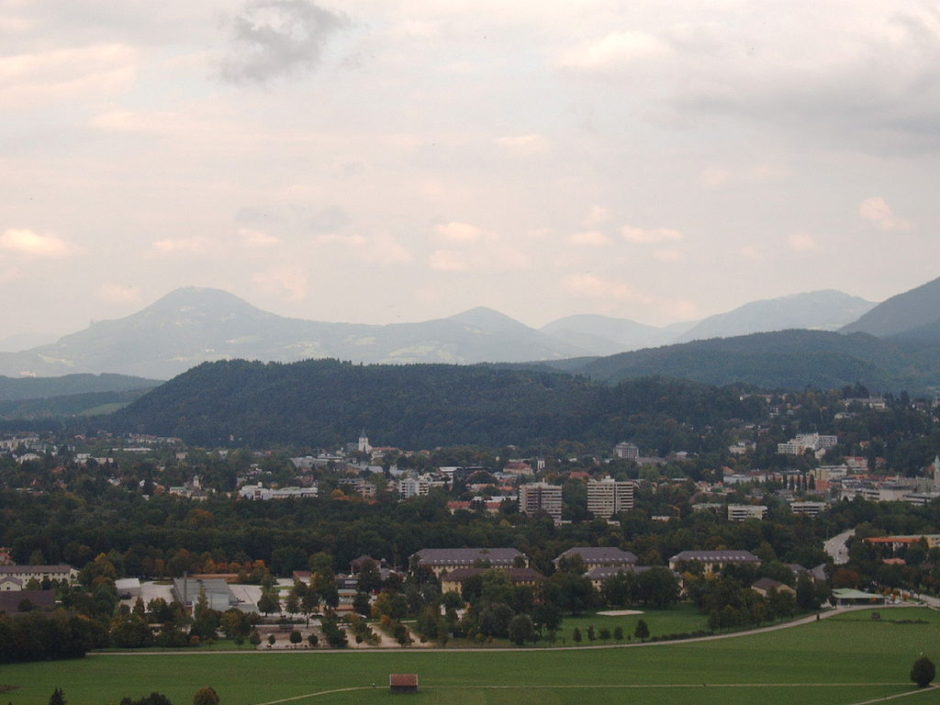Bad Reichenhall, a neat and attractive town in southern Germany, is ringed by the crystalline Bavarian Alps. It’s surely one of the most beautiful places in Europe.
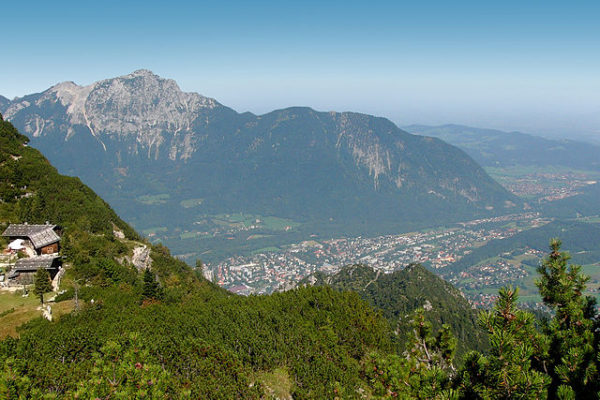
I was born here after the most destructive war in history.
A destination which attracted more than one million visitors last year, it draws nature buffs, mountain climbers, skiers, ice skaters, curlers and, of course, spa goers.
I visited Bad Reichenhall some years ago for the first time since my birth. As I passed city hall, an ornate building in the center of town, I impulsively walked inside and asked a clerk whether he could retrieve my birth certificate.
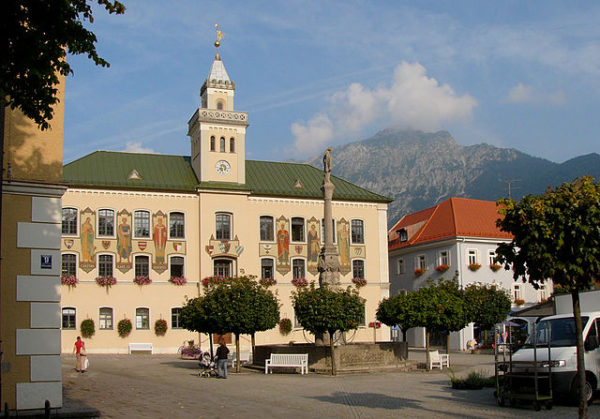
He pulled out a ledger from a book shelf and flipped through the pages until he got to the letter K. Letting his fingers guide him, he reached my surname within seconds.
I was flabbergasted. In retrospect, it was one of the most amazing experiences of my life.
As I glanced at the almost indecipherable Gothic lettering, my thoughts turned to my parents, David and Genya, whom fate brought to Bad Reichenhall after World War II.
David and Genya, Polish Jews from the city of Lodz, were caught up in the horrors of Germany’s invasion of Poland and the Holocaust on Polish soil. They survived the deprivations of the Lodz ghetto and the terrors of the Auschwitz-Birkenau extermination camp. Toward the close of the war, they were transported to the Bergen-Belsen concentration camp in Germany, where Anne Frank had died.
Having been liberated by the British army, they wandered around the American zone in occupied Germany, looking for friends and relatives who may have scraped through the Holocaust. Then they spent one and a half years in a displaced persons camp in Ainring, a village near Bad Reichenhall.
I reached Bad Reichenhall by plane and train from Frankfurt and Munich, a journey of about three hours.
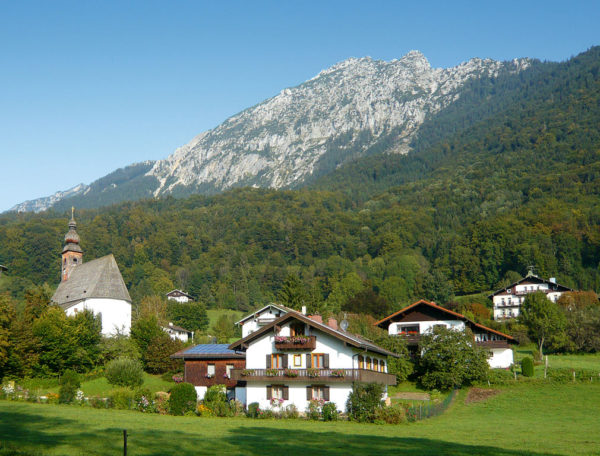
Bad Reichenhall, with a population of about 17,000, lies in the Chiemgau Valley, 470 metres above sea level. It’s in a finger of German territory jutting into Austria.
The spa is close to Salzburg, the hometown of Wolfgang Amadeus Mozart; Thumsee, a pint-sized lake in the shadow of majestic snow-clad mountains; Berchtesgaden, a village indelibly linked with the Eagles’ Nest, Adolf Hitler’s posh mountain retreat, and Konigsee, a tranquil alpine lake whose mirror-like surface is often compared to Canada’s Lake Louise.
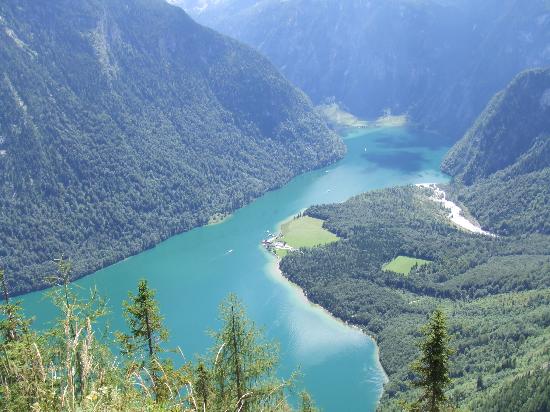
Bad Reichenhall owes its fame to its spas, which enjoy a reputation for the treatment of respiratory ailments. When I visited one of them, the Rupertusbad, men and women were taking the cure — reposing in mud baths, submitting to massages, lolling in Jacuzzis and swimming in pools.
The town’s historic salt works, the Alte Saline, the source of the brine essential to the curative powers of its spas, is an atonal symphony of whirling machinery, clanging bells and gushing water, as I discovered.
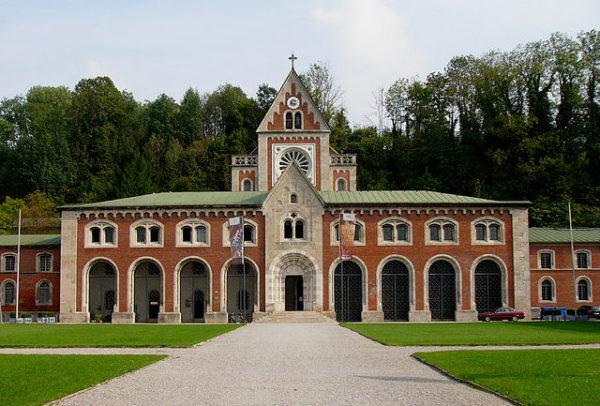
Being neither a gambler nor a shopper, I did not bother with Bad Reichenhall’s casino or its stylish shops and boutiques. But I stopped in a glass factory and explored sedate gardens. I also dropped in at the Cafe Reber, a renowned Viennese-style coffee house exuding a gemutlichkeit ambience so typical of Germany.
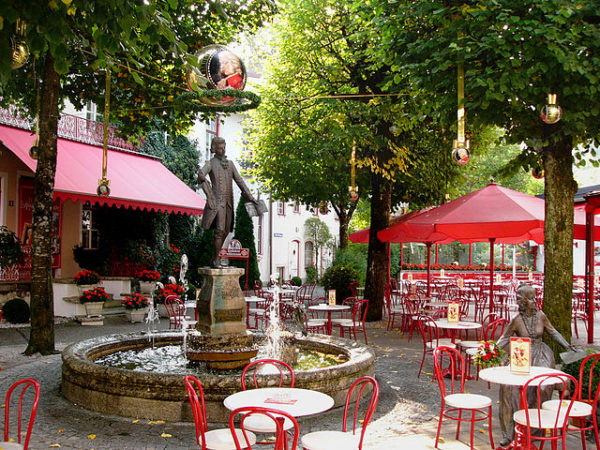
Being here on a sentimental journey, I walked to Villa Luxenbourg at 8 Maximillianstrasse, a three-storey beige apartment building set off by white trim, balconies, a black cupola and a red tile roof.
I was born in this building, once a hospital, exactly a day after my mother arrived from Ainring, whose drab appearance is belied by the astonishing beauty of its alpine surroundings.
The DP camp in which my parents lived was in Mitterfelden, a neighborhood in Ainring. They were housed in barracks adjoining a former German Air Force base. A local historian told me the base was built in 1933 to accommodate Hitler when he was flying to his Eagles’ Nest redoubt high in the Alps. In 1938, the base was converted into a training center for Luftwaffe pilots. Two years later, it became an aviation research institute.
On May 4, 1945, the facility was captured by the U.S. Third Army, and shortly afterwards, it was turned into a camp for about 5,000 displaced persons like my parents.
Bad Reichenhall seemed as if it might emerge unscathed from the ravages of the war, but about two weeks before Germany’s abject surrender, it tasted the bitter fruits of the conflict. At 10:51 a.m., on April 25, 1945, B-24 Liberation bombers from the Eighth U.S. Air Force bombed the train station, a strategic target due to the fact that its rail line linked Munich with Vienna.
The raid claimed the lives of almost 200 soldiers and civilians, some of whom were killed far from the station.
The planes also hit the neighboring towns of Rosenheim and Traunstein, obliterating factories vital to Germany’s war machine. Before returning to their bases, the aircraft flew over the Eagles’ Nest, bombing Hitler’s compound.
Bad Reichenhall, a world-class resort, no longer bears the scars of war. But for my late parents, Bad Reichenhall was a study in contrasts. Here, in this highly civilized country, Nazism grew and flourished. But here, in a verdant valley brimming with wild flowers under a blue sky, their first child was born, signifying joy and hope for a better tomorrow.
